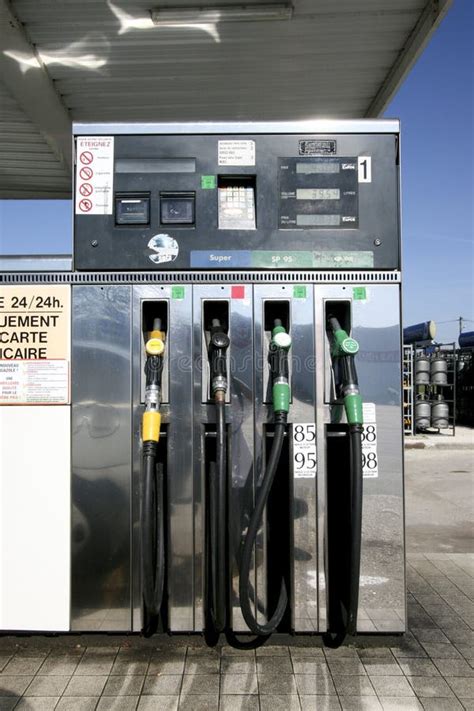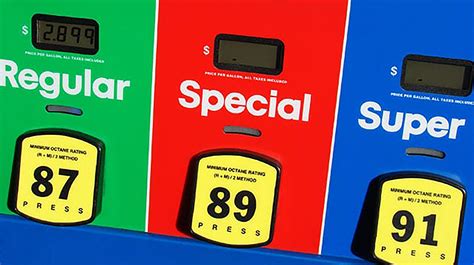The question of whether premium gas provides a tangible benefit in terms of miles per gallon (MPG) or if it’s merely an expensive habit is a persistent one among vehicle owners. The allure of better performance or greater efficiency often leads drivers to choose higher-octane fuel, but the science behind it reveals a more nuanced reality.
Understanding Octane Ratings: What is Premium Gas?
To unravel this mystery, we first need to understand what ‘premium’ gas actually means. The key difference between regular (87 octane), mid-grade (89 octane), and premium (91-93 octane) gasoline is its octane rating. Octane is not a measure of energy content or purity; rather, it indicates the fuel’s resistance to ‘knock’ or ‘pre-ignition’. Engine knocking occurs when the fuel-air mixture ignites prematurely under compression, creating an inefficient and potentially damaging explosion in the engine cylinders.

Engine Design and Octane Requirements
Modern engines are highly sophisticated, designed to operate optimally with a specific octane level. Most vehicles on the road today, particularly non-performance-oriented cars, are engineered to run perfectly on regular 87-octane gasoline. Their engine compression ratios and timing are calibrated for this fuel, meaning using a higher octane fuel will offer no benefit.
However, some high-performance vehicles, sports cars, and luxury models with high-compression engines, superchargers, or turbochargers, explicitly require premium gasoline. These engines are designed to operate at higher pressures and temperatures, making them more susceptible to knocking. For these vehicles, premium fuel is essential to prevent engine damage and ensure optimal performance, as specified by the manufacturer.
The MPG Myth: Does Higher Octane Equal Better Economy?
For vehicles that do not require premium gas, using it will not improve MPG or performance. The engine’s computer (ECU) is designed to detect and compensate for lower octane fuel (e.g., if you accidentally put regular in a car that needs premium) by adjusting ignition timing to prevent knocking. However, it cannot ‘boost’ performance or efficiency beyond its design specifications just because it detects higher octane fuel. There’s no magical property in premium gas that makes an engine burn fuel more efficiently if it’s not designed to utilize that higher octane.

Studies and tests by organizations like the American Automobile Association (AAA) have consistently shown that there’s no measurable MPG increase when premium fuel is used in a vehicle designed for regular gasoline. Any perceived improvement is typically anecdotal or psychosomatic, as the engine simply doesn’t have the capability to extract more energy from the higher-octane fuel.
When Premium Gas *Is* Worth It (or Required)
If your car’s owner’s manual specifically states that premium fuel is ‘required,’ then you absolutely should use it. Failing to do so can lead to engine knocking, reduced performance, decreased fuel economy, and potentially long-term engine damage. In these cases, the extra cost is an investment in your engine’s health and longevity. Some manuals may state ‘recommended,’ which usually means the car will run fine on regular but might see a marginal, barely noticeable performance boost with premium. However, even in these ‘recommended’ scenarios, the MPG improvement is rarely significant enough to offset the higher cost.

The Bottom Line: Consult Your Owner’s Manual
The most definitive answer to the premium gas dilemma is found in your vehicle’s owner’s manual. This document is the ultimate authority on your car’s fuel requirements. If it specifies regular unleaded, stick with regular. You’ll save money without sacrificing performance, fuel economy, or engine health. If it requires premium, use premium. It’s that simple.

In conclusion, for the vast majority of drivers, premium gas is an unnecessary expense that offers no tangible benefits in terms of MPG or engine performance. It’s a classic case where more expensive doesn’t automatically mean better. Save your money and fill up with the octane level your car was designed for.




